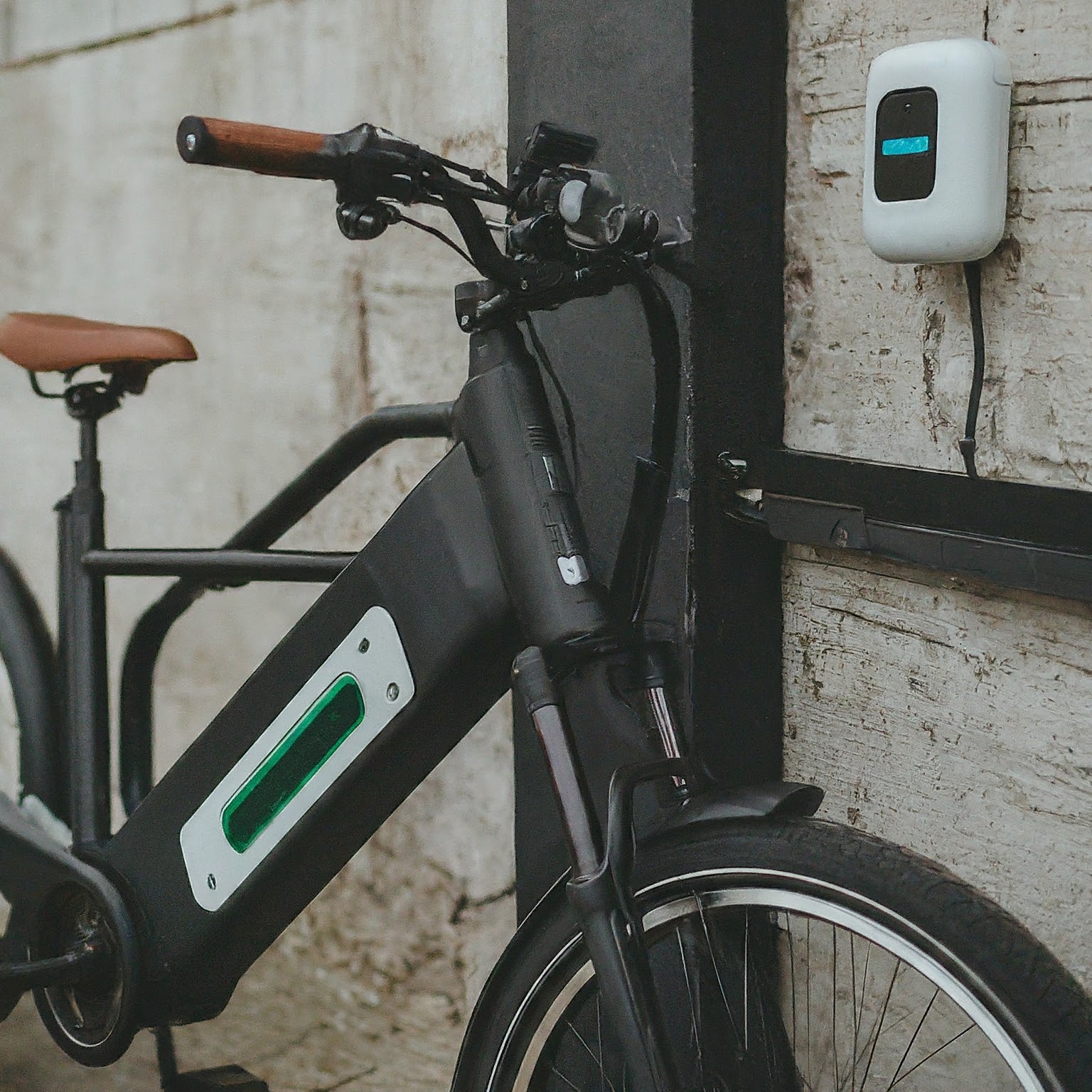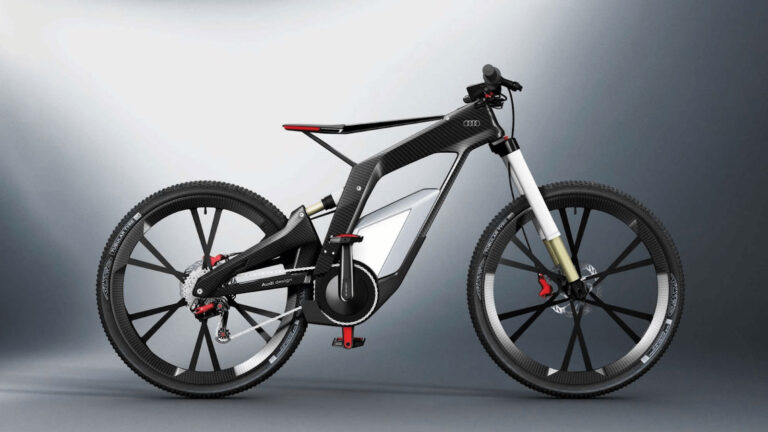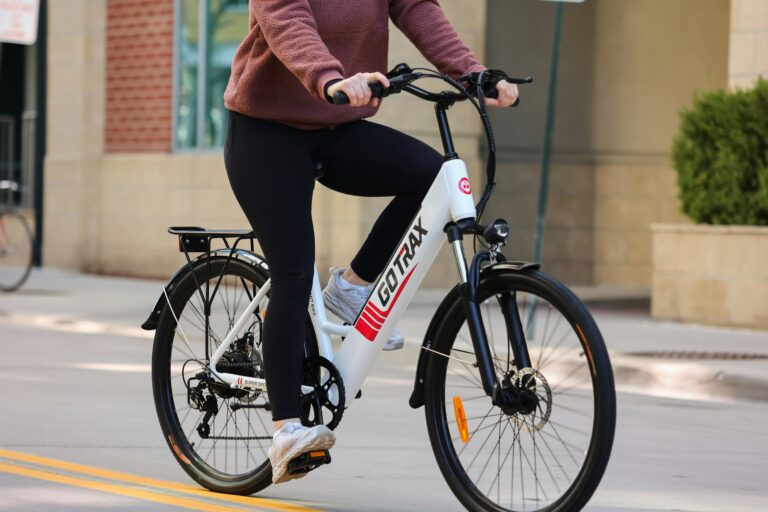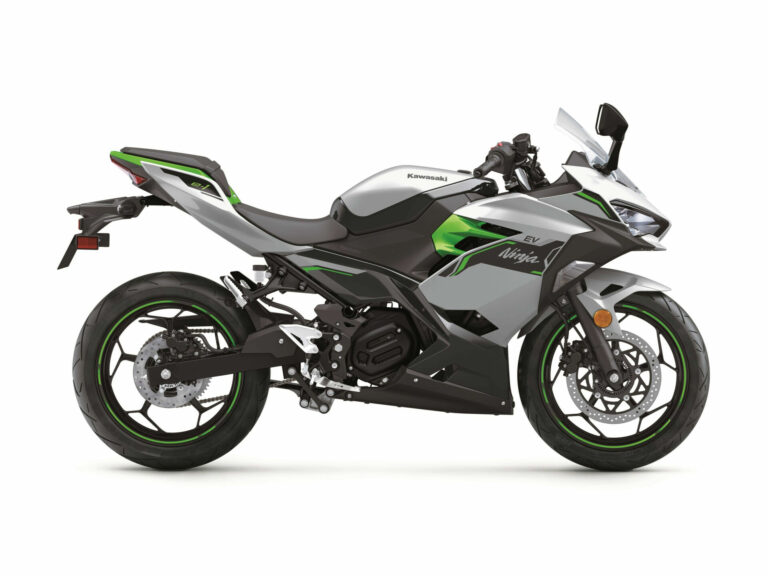The Ultimate Guide to Electric Bike Chargers: Types, Features, and Recommendations
Last Updated on August 27, 2024 by Kristina Grant
Are you an electric bike owner looking to optimize your charging experience? Understanding the different types of electric bike chargers is essential for maximizing battery life and convenience. In this guide, we’ll explore the three primary charger categories and provide insights to help you choose the best option for your needs.
Types of Electric Bike Chargers
Onboard Chargers
Onboard chargers are integrated into the electric bike itself, often located near the battery compartment. They’re a convenient option for daily commutes or short trips.
Key Features:
- Built-in: No need for external chargers.
- Easy to use: Plug in and charge.
- Typically slower: Compared to external chargers.
Best suited for:
- Daily commuters
- Short-distance riders
- Those who prefer a hassle-free charging experience
Price Range: Generally included with the purchase of the electric bike.
Where to buy: Typically included with the electric bike purchase.
RELATED CONTENT
Portable Chargers
Portable chargers are standalone units that can be carried with you. They’re ideal for long rides, camping trips, or areas without readily available charging stations.
Key Features:
- Portable: Can be taken anywhere.
- Versatile: Compatible with various electric bikes.
- May require additional carrying space: Can add weight to your load.
Best suited for:
- Long-distance riders
- Travelers
- Off-the-grid adventurers
Price Range: Typically range from $100 to $500, depending on power and features.
Where to buy: Online retailers, bike shops, and electronics stores.
Recommended brands: Anker, Zendure, EcoFlow
Wall-Mounted Chargers
Wall-mounted chargers are permanently installed on a wall, providing a dedicated charging station for your electric bike. They offer the fastest charging speeds and are ideal for home or workplace charging.
Key Features:
- Fastest charging speeds: Can fully charge your battery in a short time.
- Convenient: No need to remove the battery.
- Requires professional installation: May incur additional costs.
Best suited for:
- Homeowners
- Workplace commuters
- Those seeking the fastest charging times
Price Range: Typically range from $200 to $500, depending on power and features.
Where to buy: Online retailers, home improvement stores, and electrical supply stores.
Recommended brands: JuiceBox, ChargePoint, ClipperCreek
Additional Considerations:
- Charging Speed: The speed of a charger is typically measured in amps. Higher amps mean faster charging times.
- Compatibility: Ensure your charger is compatible with your electric bike’s battery voltage and connector type.
- Safety: Always use chargers that are compatible with your bike and follow safety instructions to prevent electrical hazards.
- Environmental Impact: Consider the energy source used to power your charger and its environmental implications.
Charging Times for Electric Bike Batteries
The charging time for an electric bike battery can vary depending on several factors, including:
- Battery capacity: Larger batteries take longer to charge.
- Charger power: Higher-powered chargers charge faster.
- Battery condition: Older or damaged batteries may charge slower.
Here’s a general breakdown of charging times for each type of electric bike charger:
Onboard Chargers
- Typical charging time: 4-8 hours for a fully discharged battery.
- Example: A 400Wh battery might take 6 hours to charge completely using an onboard charger.
Portable Chargers
- Typical charging time: 6-12 hours for a fully discharged battery.
- Example: A 500Wh battery might take 8 hours to charge using a portable charger.
Wall-Mounted Chargers
- Typical charging time: 2-4 hours for a fully discharged battery.
- Example: Using a wall-mounted charger, a 350Wh battery might take 3 hours to charge.
Note: These are general estimates, and actual charging times may vary. For more accurate information, consult your electric bike’s user manual or the specifications of your charger.
Additionally, consider these factors:
- Fast charging: Some electric bikes and chargers support fast charging, which can significantly reduce charging times.
- Battery management system (BMS): The BMS regulates charging to prevent damage to the battery. It may limit charging speed under certain conditions.
- Temperature: Extreme temperatures can affect charging times and battery performance.
Electric Bike Charger Compatibility
Compatibility is a crucial factor when choosing an electric bike charger. Ensuring that your charger is compatible with your bike’s battery is essential for safe and efficient charging.
Here are the primary factors to consider:
1. Voltage:
- Battery voltage: Check the voltage rating of your electric bike’s battery.
- Charger voltage: Ensure the charger’s output voltage matches the battery’s input voltage.
2. Connector Type:
- Battery connector: Identify the connector type on your electric bike’s battery (e.g., XLR, Anderson Powerpole, JST).
- Charger connector: Make sure the charger has the same connector type or comes with adapters.
3. Charging Standard:
- Battery charging standard: Some electric bikes use specific charging standards (e.g., NEMA, SAE J1772).
- Charger compatibility: Verify that the charger is compatible with your bike’s charging standard.
4. Battery Manufacturer:
- OEM chargers: Manufacturers often provide OEM (Original Equipment Manufacturer) chargers specifically designed for their electric bikes.
- Third-party chargers: While third-party chargers can be compatible, it’s essential to check their specifications and compatibility with your bike’s brand and model.
Tips for Ensuring Compatibility:
- Check the user manual: Your electric bike’s user manual should provide information about compatible chargers and charging standards.
- Contact the manufacturer: If you’re unsure about compatibility, reach out to the manufacturer of your electric bike or the charger.
- Use OEM chargers: For maximum compatibility and safety, consider using OEM chargers provided by the manufacturer.
FAQs
Yes, it’s generally safe to leave your electric bike charging overnight. However, it’s recommended to unplug the charger once the battery is fully charged to prevent overcharging.
It’s best to charge your battery before it gets completely drained. This helps maintain battery health and prolong its lifespan. Ideally, charge it every 2-3 days or after every few rides.
No, you cannot use a regular car charger to charge an electric bike battery. They operate on different voltages and standards.
While some older battery technologies benefited from occasional deep discharges, modern lithium-ion batteries used in electric bikes typically don’t require this. Over-discharging can actually harm the battery.
Avoid charging your battery in extreme temperatures, especially when it’s exposed to direct sunlight. Also, make sure the charger is properly ventilated.
If your battery is damaged, it’s important to have it inspected by a qualified technician. Attempting to repair or use a damaged battery can be dangerous.
Yes, you can store your electric bike battery for extended periods. However, it’s recommended to charge it to about 80% before storing and check on it periodically to ensure the charge level doesn’t drop too low.
Conclusion
In conclusion, understanding the different types of electric bike chargers is essential for optimizing your charging experience. By carefully considering factors such as charging speed, compatibility, and portability, you can choose the best charger to suit your needs and maximize your electric bike’s performance.
Take the Next Step
- Share your experiences: Have you tried different types of electric bike chargers? Share your thoughts and recommendations in the comments below.
- Explore further: For more information on electric bikes and their accessories
External Sources:
- Electric Bike Report: https://electricbikereport.com/
- Bicycle Network: https://bicyclenetwork.com.au/
- Electric Bike Review: https://electricbikereview.com/
- E-Bike Choice: https://www.ebikechoices.com/
These resources can provide additional insights and information on electric bike chargers and other related topics.
Kristina Grant is not just an enthusiast but a true authority on electric bikes. Nestled in the coastal beauty of Virginia, Kristina has found the perfect backdrop for her passion for electric biking. As a dedicated wife and homeschooling mom, her life revolves around family, faith, and the thrill of adventure.
Originally hailing from Ohio, Kristina's journey with electric bikes began as a curiosity and quickly evolved into a deep expertise. Her blog is a testament to her love for electric biking, combining her fascination for eco-friendly transportation with her coastal lifestyle.
When she's not cruising the beach on her electric bike, you'll find Kristina indulging in her other loves: long walks along the shore, getting lost in a good book, and cherishing moments with her loved ones. With a heart as big as her love for animals, especially cats, Kristina brings a unique perspective to the electric bike world, grounded in her strong faith in God and her dedication to a sustainable lifestyle.
Through her blog, Kristina shares her extensive knowledge of electric bikes, offering valuable insights, tips, and recommendations to fellow enthusiasts. Whether you're a seasoned rider or a newcomer to the electric bike scene, Kristina's blog is your go-to source for all things electric biking, fueled by her passion, expertise, and the scenic beauty of coastal Virginia.







